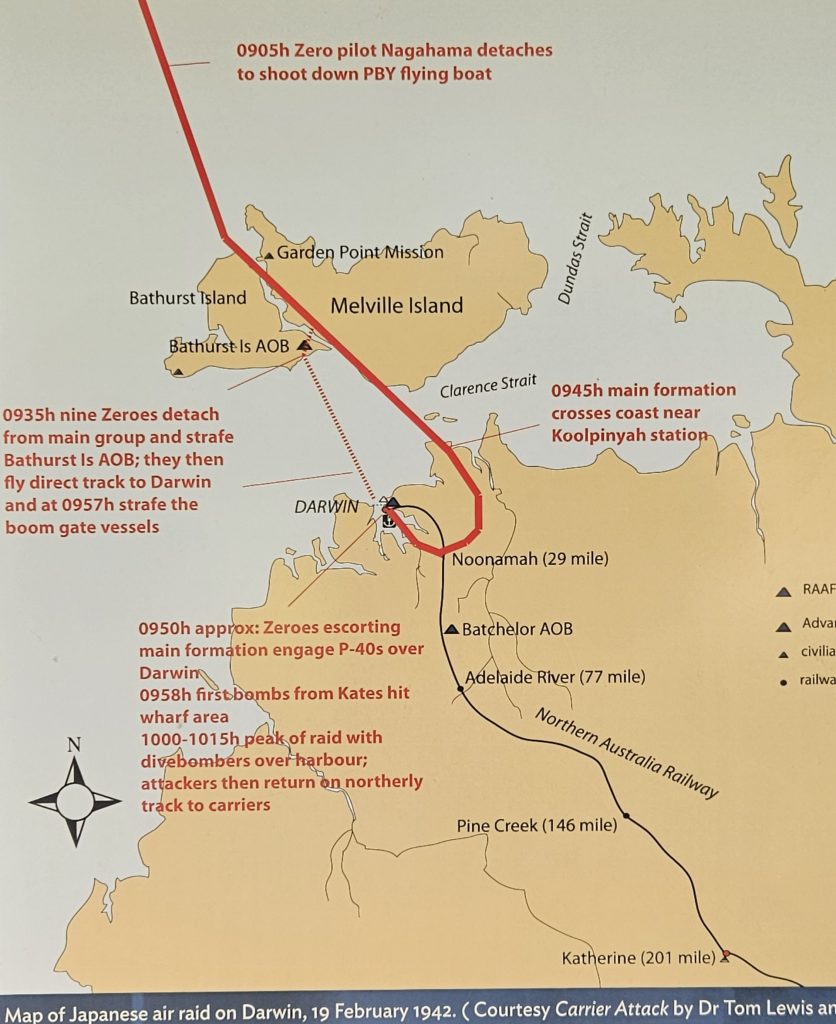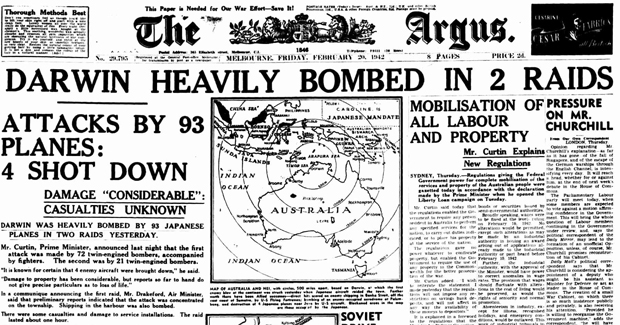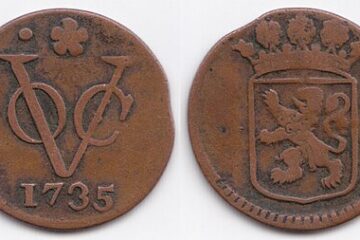A little-known fact is that the bombing of Darwin (19-2-1942) was part of the battle of Netherlands East Indies (NEI – now Indonesia). The Japanese wanted to get control of the rich oil fields of this country that counted for 25% of the global oil production. Rubber was another key recourse they could get from here. So, their control of NEI was crucial to their war effort
At this point in time the war against the Japanese invasions was undertaken by the ABDA Allied Forces (Americans, British, Dutch and Australians). After the rapid fall of Singapore, the war theatre moved to NEI. Australia became a key supply line for the war effort here and Darwin and Broome were the places from where the supplies were organised.
To be able to more quickly conquer NEI the Japanese needed to cut of the Allied warships and bombers that operated from Australia. After the island of Bali fell, the Japanese were in striking range of Australia. This allowed them to destroy the supply lines by bombing the harbour and airfield of Darwin and a few weeks later the same happened in Broome. A key focus for ABDA was to maintain control of Timor as that would allow them to stop or at least slow down the Japanese. The supply to these places was now totally destructed.
There are no indications that Japan had any plans to invade Australia. Of course, that was not known at the time, hence the panic that this caused among Australians.
Of course, it was the people of Darwin who paid the high price for this bombardment. In all 250 people died and 400 were wounded including some Dutch New Guinea evacuees, who had arrived the previous day.
As the Dutch were an integral part of the ABDA mission, several Dutch ships and planes were also lost in this bombardment.
The losses the Dutch occurred in the Battles of Singapore and Malay plus those lost in Darwin and Broome, significantly diminished its position to defend NEI. Soon after the bombardment of Darwin there was the Battle of the Java Sea were the ABDA naval force was destroyed by the Japanese. In the end NEI fell on 9-3-1942.
Australian-Dutch guerrilla warfare continued during the war on Timor and Dutch New Guinea. The work of these small units was often very successful and this assisted General MacArthur in slowing down and eventually turn around the Japanese invasion.
Paul Budde
The 18 NEI Squadron/RAAF was another major contribution to the war effort aimed at defeating the Japanese.


See: Drama of Broome


